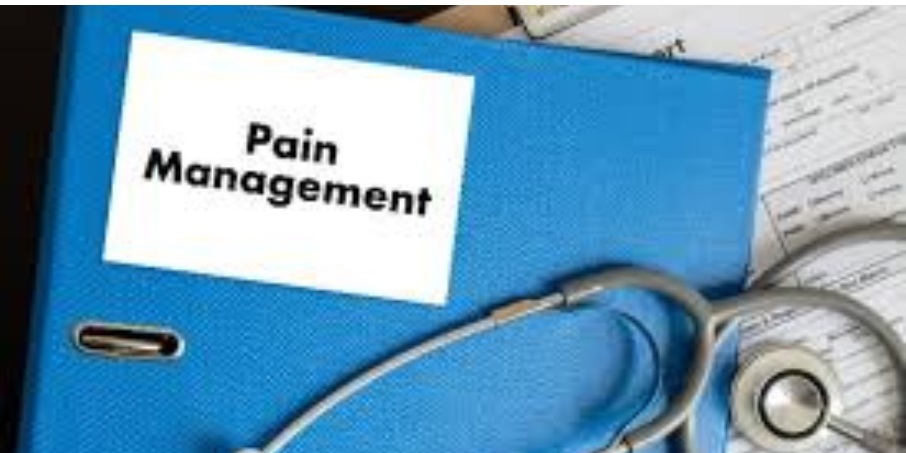
Bleeding Disorders: What Your Pain Is Trying to Tell You
An overview of the types of pain you might experience, what you can do to manage pain at home, and when to see a provider.
Unfortunately, people with hemophilia are no strangers to pain and its many forms. Pain can vary in intensity and areas of the body, but thankfully each episode provides clues about the potential cause and possible pathways to treatment. That said, it’s not easy identifying what your pain indicates.
“Despite the high prevalence of recurrent, constant and/or widespread pain in patients with hemophilia, there is an immense lack of studies examining the (patho)physiology of pain in this population,” argues researcher Nathalie Roussel. “Understanding the complexity of pain allows one to better assess and manage pain.”
So what does your pain mean? Read on for more about types of pain you might experience, what you can do to manage pain at home and when to see a provider.
Why We Should Listen
The science of pain is complex, and individuals experience it differently, but the core concept is straightforward. The International Association for the Study of Pain (IASP) defines it as “an unpleasant sensory and emotional experience associated with, or resembling that associated with, actual or potential tissue damage.”
In short, it’s a sign that something is wrong with our bodies that needs addressing. In a way, our bodies are speaking to us, and those in the bleeding disorders community have a lot to listen to: Around two-thirds of people with severe hemophilia experience pain in one or more joints on a daily basis.
Two Types of Pain
There is acute pain and chronic pain; which one you’re experiencing can shed some light on what your body is dealing with and how to treat it.
Acute pain
A short-term form of pain that develops over a short period of time. Acute pain usually occurs suddenly as a result of a known injury, illness, trauma or medical procedure (think broken bones, dental work, burns, cuts). When those with bleeding disorders feel acute pain, there’s a good chance that they’re experiencing an active bleed in their joints or muscles.
In other words, acute pain could be—but isn’t always—a sign of an active bleed. Acute pain in joints could come from arthritis, and it may be difficult distinguishing between arthritic pain and pain from active bleeds. However, research suggests that if activity-related pain improves on resting, it’s likely arthritic and not related to bleeding.
Chronic pain
The second form of pain is ongoing and long term; pain is considered chronic when it lasts longer than six months. Those in the bleeding disorders community who experience chronic pain likely have long-term conditions caused by hemophilia, such as synovitis or arthritis, which cause chronic joint inflammation.
Managing Your Pain
Acute pain from bruises that come with bleeds can often be treated with the R.I.C.E. method, which calls for rest, ice, compression and elevation. This method is used to treat sprains, strains and bruises by slowing bleeding and reducing pain. Pain-relieving medications are also an option. But before grabbing an over-the-counter medication, speak with your doctor because some medications, such as nonsteroidal anti-inflammatory drugs (ibuprofen and aspirin), can be harmful to those with hemophilia. Acetaminophen, such as Tylenol, is recommended as a safe pain reliever for people with hemophilia.
For chronic pain, physical therapy and exercise is vital. Safe exercises for members of the bleeding disorders community can include flexibility and stretching exercises, strength training (think isometric exercises), swimming, practicing yoga, and cycling.
There’s also a psychological element to chronic pain, and seeing a psychologist may be beneficial. Chronic pain causes depression, anxiety, insomnia and hopelessness, all of which can actually exacerbate your pain. Coping mechanisms can include learning relaxation techniques, challenging your unhelpful thoughts about pain, and finding ways to distract yourself.
When to See a Provider
Minor aches here and there probably don’t require a doctor’s visit, but when pain becomes intense enough and persistent enough, it’s best to bring it to the attention of a healthcare professional. But what is that level of pain? Assessing your pain’s intensity can be tricky, as there isn’t necessarily a standardized way to evaluate it.
That said, there are pain assessment scales, and the National Hemophilia Foundation has resources to help you monitor your pain daily. If your pain is high on the 1-10 scale, you should probably see your provider.
Read more articles about pain management and bleeding disorders.
Source: National Hemophilia Foundation, 2022, HemaWare